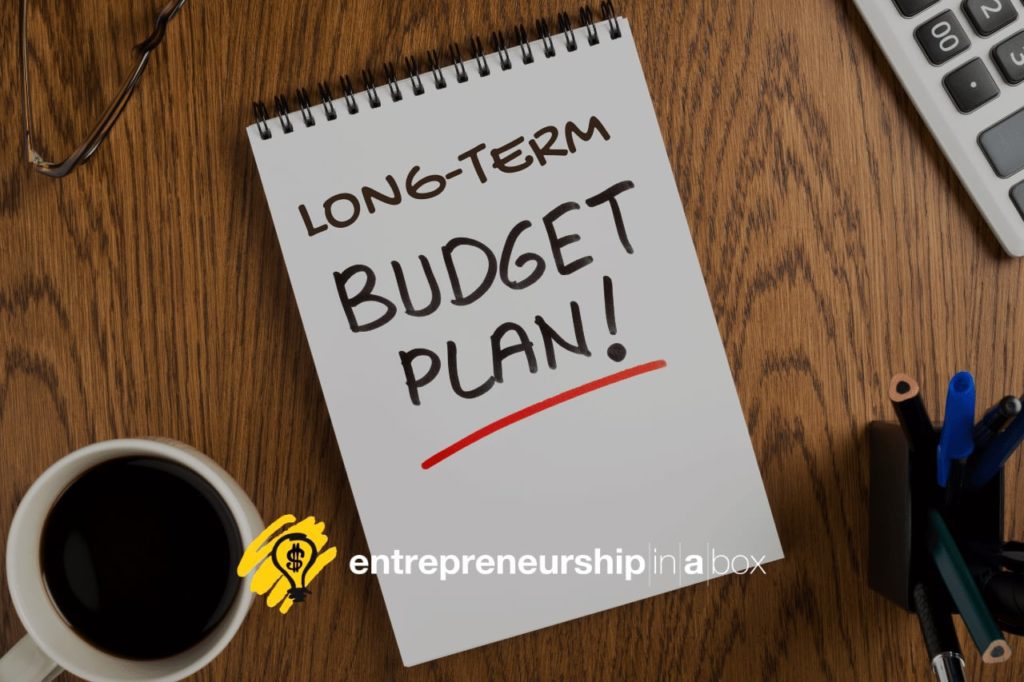Many people plan their budget. However, they usually only consider goals for the upcoming year, thinking that it is hard to plan for a longer period.
To develop a long-term budget plan, you need to plan for a 5-10 year horizon. It is important to look at both short- and long-term goals, and make sure your plans balance what is most important to you and your family with what is most important to your business.
I want you to take a look at your budget plan. What does it say about your financial goals? What does it say about your future? Do you really have a plan, or is it just a piece of paper with random numbers scribbled all over it?
If you’re having trouble planning out your long-term budget, here’s how to get your finances under control.
Why Plan Long-Term?
Unlike short-term goals, the long-term ones tend to have a higher cost and require more resources in general to achieve them. Plus, they are more uncertain, as the circumstances you are in may change with time.
However, without setting up long-term goals and budget planning, it is hardly possible to achieve success. Planning improves strategic thinking and decision-making abilities. Moreover, it teaches you to adapt to changes quickly. For example, when an unexpected problem comes up, you can get extra money quickly at Payday Depot to keep your finances on track.
In general, long-term budget planning is similar to regular budget planning. The difference is in the timeframe. In such a budget, you include expenses and savings for the next 3-5 years.
Some of your long-term goals could be:
- Paying off a mortgage or a car loan
- Saving money for your children’s college tuition
- Investing in a business startup
- Building a retirement fund
How to do Long-Term Budget Planning?
To achieve your long-term savings goals, draft and follow your budget based on a few simple steps.
1. Set Your Long-Term Priorities
Begin with listing your priorities. Focus on a couple of major achievable goals at once rather than trying to cover everything. Try to evaluate the expenses and timeframes of each goal. Plus, prioritize each of your goals from most to least important.
2. Calculate Your Total Income
Of course, your total income can change with time – it can grow or, on the contrary, decrease. Nevertheless, include all your potential long-term sources of income for an overview of your opportunities.
3. List Your Expenses
Write down all monthly and annual expenses that you plan to have for the period. Include different areas, such as groceries, housing, entertainment, education, healthcare, beauty, etc. Moreover, list all the debts that need to be paid off throughout these years.
4. Finalize the Plan
After you subtract your approximate expenses from the income, the amount that’s left can be divided among your goals. Now that you’ve prioritized them and evaluated how much you can save on a monthly basis, you can finalize your budget and follow it accordingly.
5. Adjust Expensive Habits
Sometimes it turns out that the goals are more ambitious than what you can afford. Of course, you can change your goals, but there is another option. Analyze your habits. Which of them cost you the most and are easy to cut back on or eliminate? Your budget is in your hands.
6. Monitor Your Finances
Remember, strategic planning requires monitoring. You cannot plan a budget for five years and forget about it. The trick is to keep track of it and make the necessary changes when needed.
As you can see, budget planning is not such a hard thing to implement. In fact, it’s quite exciting to plan how you’ll achieve your long-term goals. Moreover, it will improve the quality of your life and teach you planning skills, which is useful for both life and business. So, if you still don’t have a long-term budget, start planning now!





